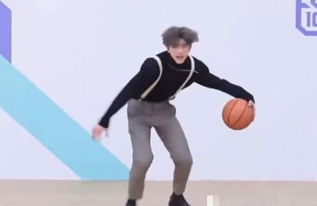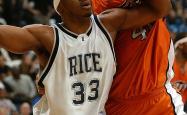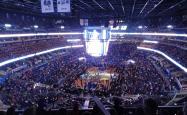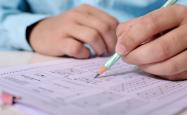打篮球英文翻译在线
Title: "Postbasketball Game Recovery: Tips and Techniques"
Introduction:
Playing basketball is a physically demanding sport that can leave players feeling exhausted, sore, and in need of recovery. In this article, we will explore the essential steps and techniques for recovery after a basketball game, focusing on minimizing muscle soreness, promoting muscle repair, and maximizing performance for future games.
1. Cool Down:
After playing basketball, it is crucial to dedicate time to cooling down. This helps the body gradually return to its resting state and aids in reducing muscle soreness. A proper cooldown routine may include light jogging or walking, stretching exercises targeting all major muscle groups, and deep breathing exercises.
2. Hydration:
Proper hydration is vital during and after physical activity, including basketball. Replenishing lost fluids helps maintain optimal performance and aids in the recovery process. Aim to drink plenty of water or sports drinks that provide electrolytes to replace what has been lost through sweating.
3. Nutrition:
After a basketball game, nutrition plays a crucial role in promoting muscle repair and recovery. Focus on consuming a wellbalanced meal containing carbohydrates, lean proteins, and healthy fats within two hours of playing. Carbohydrates replenish glycogen stores, proteins aid in muscle repair, and healthy fats provide essential nutrients for overall recovery.
4. Rest and Sleep:
Rest and sleep are essential components of the recovery process. During sleep, the body performs important functions such as repairing damaged tissues, regulating hormones, and restoring energy levels. Aim for at least 78 hours of quality sleep per night to optimize recovery.
5. Massage and Foam Rolling:
Engaging in selfmassage techniques or using a foam roller can help alleviate muscle soreness, improve blood circulation, and enhance flexibility. Target areas that experience the most strain during basketball, such as the calves, quadriceps, hamstrings, and back. Apply moderate pressure and roll slowly over the muscles.
6. Contrast Water Therapy:
Contrast water therapy involves alternating between hot and cold water immersion to help reduce swelling, inflammation, and muscle soreness. Start with 12 minutes of cold water immersion, followed by 34 minutes of hot water immersion. Repeat this cycle 23 times, always ending with cold water immersion.

7. Active Recovery:
Engaging in light physical activities on rest days or following a basketball game can promote blood flow and aid in muscle recovery. Lowimpact exercises like swimming, cycling, or yoga can help prevent stiffness and promote faster recovery.
8. Stretching and Mobility Exercises:
Incorporating stretching and mobility exercises into your recovery routine can help increase flexibility, reduce muscle tightness, and improve range of motion. Perform exercises that target the specific muscles used in basketball, such as hip flexors, quadriceps, hamstrings, and shoulders.
Conclusion:
Recovering effectively after a basketball game is crucial for minimizing muscle soreness, promoting muscle repair, and ensuring optimal performance for future games. By following the tips and techniques mentioned above, athletes can enhance their recovery process and maintain peak physical condition for continued success on the court. Remember, a comprehensive recovery routine consists of cooling down, hydrating, proper nutrition, rest, selfmassage, contrast water therapy, active recovery, and stretching.









